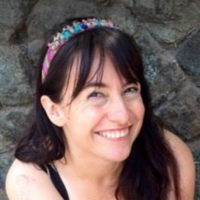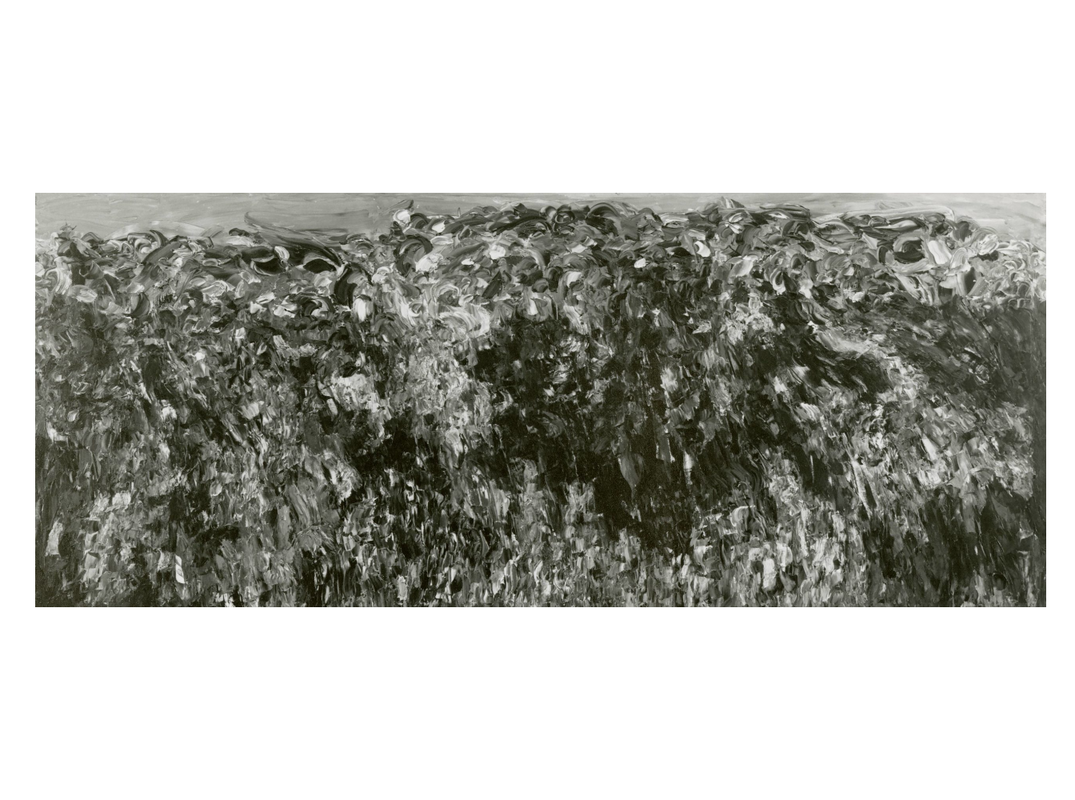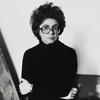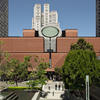More about Mystery of the Hunt

Sr. Contributor
If you are a fan of the San Francisco Beat Generation and have the good sense to not only pay attention to the talented men, but to also learn about the brilliant women in the scene, then perhaps you already know the work of Sonia Gechtoff.
Gechtoff moved to San Francisco right at the height of the Beat era in 1951. It was a whirlwind decade for her, when she created Mystery of the Hunt as well as most of her other best-known work. In 1953, she married artist James Kelly. The following year she gained attention with a piece in the Guggenheim's “Young American Painters” show. That same year she created an oil self-portrait that hangs in the Smithsonian today. Mind you, the woman was only 25 at this time. She continued to create a barrage of inspired work over the next few years. In 1957, she had a solo show at the de Young Museum. In 1958, she and her husband moved to New York. They were hot in the New York art scene for a time but then mostly faded out of the public eye. So, it’s her work from the early 1950s that people tend to remember.
There’s good reason for looking back at those 1950s works; she was doing cutting-edge stuff in interesting ways, and that work continues to stand up to scrutiny today. Her works from the mid 1950’s include Hieronymous Revisited, The Sheik, and, of course, Mystery of the Hunt. The name alone captures your attention. Who is doing the hunting? What are they hunting? What’s mysterious about it?
What Gechtoff was known for at this time, and what’s prominently visible in this work, is her unique use of the palette knife to apply paint to canvas. Why use a brush when you can use creative materials that bring bold, practically three-dimensional structure to the canvas? It’s rough, it’s bulky, and yet it’s organic. She was one of the only recognized women artists experimenting with this technique at the time and naturally she brought her own flavor to the style. Artist Jay DeFeo, a neighbor of hers at a San Francisco house sometimes called “Painterland,” likely began using this technique after Gechtoff inspired her to do so. We love the idea of women supporting other women artists, especially during a time and place when the boys’ club was so prominent. But, that might not have been the case here. Reportedly, DeFeo was glad when Gechtoff moved to New York because she felt like Gechtoff had an eerie way of anticipating what she herself wanted to create and creating it before she could, thus making her seem like a copycat. Or perhaps just catty, depending on how you want to look at it.
In any case, the palette knife was a key part of Gechtoff’s 1950s work. Gechtoff reportedly felt liberated by the big sweeping motions she could make with the paint and palette knife. She would move her whole body, letting the art run through her, letting the paint go where it may. Subversive and striking, you can see the motions on the canvas in Mystery of the Hunt.
Aside from her newfound technique, Gechtoff was also inspired by both nature and poetry. In fact, Mystery of the Hunt is titled after a poem of the same name by her San Francisco poet friend Michael McClure. Here are three lines from the poem that might describe the painting:
“The rising, the exuberance, when the mystery is unveiled.
It is these small things
That when brought into vision become an inferno.”
Gechtoff takes the abstract concept described in these lines, mixes it into her paint, puts it on her palette knife, and dances it out onto the canvas. In fact, when she showed the painting at her 1957 solo show, it hung with pages of McClure’s original poem.
Irving Blum of the Ferus Gallery gave this painting to the San Francisco Museum of Modern Art without ever paying Gechtoff for the piece. Gechtoff says that the wall text reads, “Gift of Irving Blum," but describes Irving as a "completely rotten human being.” Rotten, indeed.
Sources
- Barcio, Phillip. “Sonia Gechtoff - The End of an Era in the Male-Dominated Abstract Expressionism”. February 14, 2018. https://www.ideelart.com/magazine/sonia-gechtoff
- Genzlinger, Neil. “Sonia Gechtoff, Acclaimed Abstract Expressionist, Dies at 91.” New York Times. Feb 9, 2018. https://www.nytimes.com/2018/02/09/obituaries/sonia-gechtoff-acclaimed-…
- Marter, Joan. “Women of Abstract Expressionism.” Denver Art Museum. Yale University Press. 2016. Page 53. https://www.google.com/books/edition/Women_of_Abstract_Expressionism/ga…
- McKenna, Kristine. “The Ferus Gallery: A Place to Begin.” The University of California. 2009. Pages 200 and 1982. https://www.google.com/books/edition/The_Ferus_Gallery/D8IzAQAAIAAJ?hl=…
- Yau, John. “A Forgotten Painter and Her Visionary Abstraction.” Hyperallergic. October 12, 2019. https://hyperallergic.com/521757/a-forgotten-painter-and-her-visionary-…











